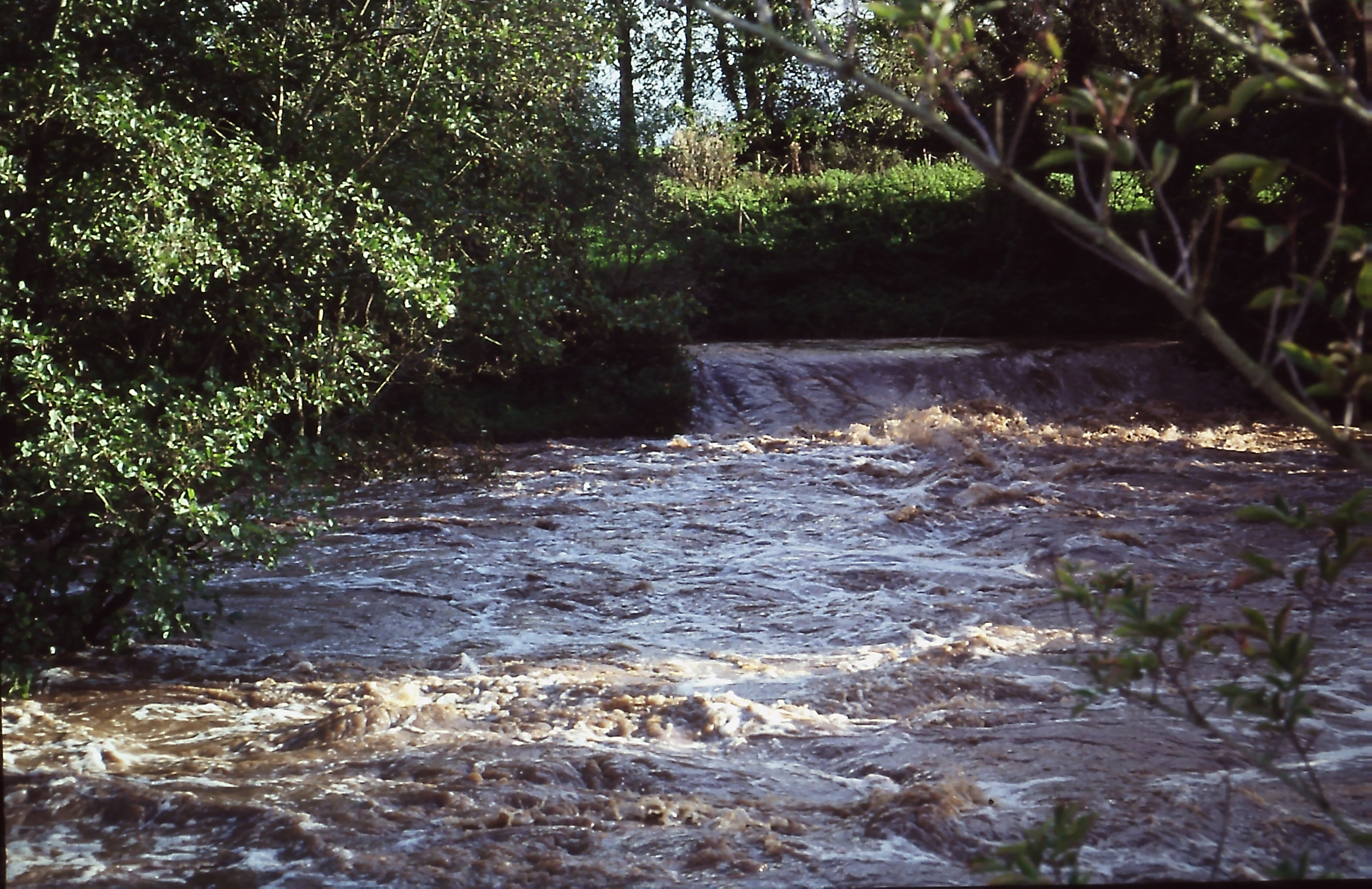Safety For Surveyors
River banks are potentially very treacherous and dangerous places. One is extremely likely to slip or fall. Frequently, all that is damaged is one’s dignity, BUT it is quite possible that such a slip may result in a sprained ankle or even a broken leg. This sort of injury is potentially much more severe on a river bank than elsewhere. One could easily end up immobile, and soaking wet, off the beaten track, with a ruined mobile phone or in a valley where there is no signal anyway. In such case a case hypothermia might set in before one is found.
Therefore some basic safety precautions are essential, here is guidance but each surveyor must be responsible for themselves and survey at their own risk.
- Try to survey in pairs, but if you go alone, tell someone precisely where you are going, when you will return by, and what your car number is, so that they can raise the alarm if you fail to show up on time.
- Wear appropriate clothing for the weather and carry a hat or waterproof jacket with you.
- Do not set out late in the day. Be home well before dark. Always use a walking stick to help keep your balance.
- Wellies are enough. It should not be necessary to use waders just to count spraints. If the water is too deep change to another spraint site.
- Do not do your survey if the river is in spate after heavy rain (the result will be useless anyway).
- If you have a mobile phone, ensure that the person you have informed has the number.
- Remember to wash your hands before eating or touching your face if you have had them in the water or used them for climbing.
- Farm stock can be hazardous, especially cows with calves. So no dogs on Otter Group business on other people’s farms.
Health Considerations
- Your tetanus jab should be up to date, in case of a scratch from barbed wire, or a graze in a stock affected area.
- Cover all cuts with a waterproof plaster against Weil’s disease, which is transmitted by rat urine, and can lurk on the river bank, or in the water, especially in less fast flowing areas. The initial symptoms are often mistaken for flu, which allows it to become more damaging. Advise your GP that you do work on riverbanks. Sheep ticks can carry Lyme disease, which is serious. It is more prevalent in areas where deer are common.
- Wellies deter the ticks from jumping off the tops of the grass and crawling up your leg. If you are not wearing wellies, tuck your trousers into your socks. The earlier you remove the tick, the less likely you are to be infected. The first sign can be a circular red rash around the bite, with flu like symptoms. Early treatment is essential. https://publichealthmatters.blog.gov.uk/2014/03/24/tips-and-tricks-to-stay-safe-from-ticks/
- If collecting spraint for any scientific study be aware of the risks of bile fluke or other pathogens and wear disposable gloves. Avoid direct contact with the spraint.
- The usual practice of sniffing a spraint to confirm it is otter should cease, as a precaution. The prevalence of H5N1 Avian flu is very low in otters but has been confirmed in a few, believed contracted by consuming an infected bird.
Beware Especially
When handling a freshly dead otter; Otters can carry a heavy load of ticks, some of them almost too small to notice, and they will migrate vigorously from their rapidly cooling host to anything more warm and alive which holds out a better prospect of a meal of blood. They will be up your sleeve before you have felt them, so small are they. The disease they can carry is dangerous.
Wearing disposable gloves is advisable.
Although the risk of contracting H5N1 from a dead otter is low, in addition to the usual gloves, the wearing of a face mask would be an additional precaution until more is known about the risks of this Avian Flu.
Roadsides are clearly potentially dangerous areas. You must take responsibility for assessing the risk before leaving your car. Do not put yourself or others at risk, park wherever possible off the road.
